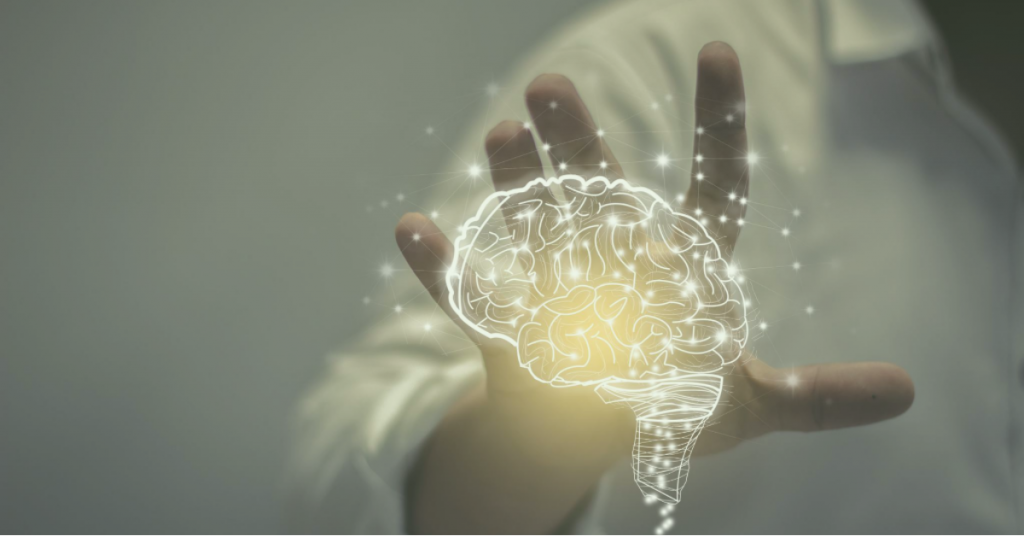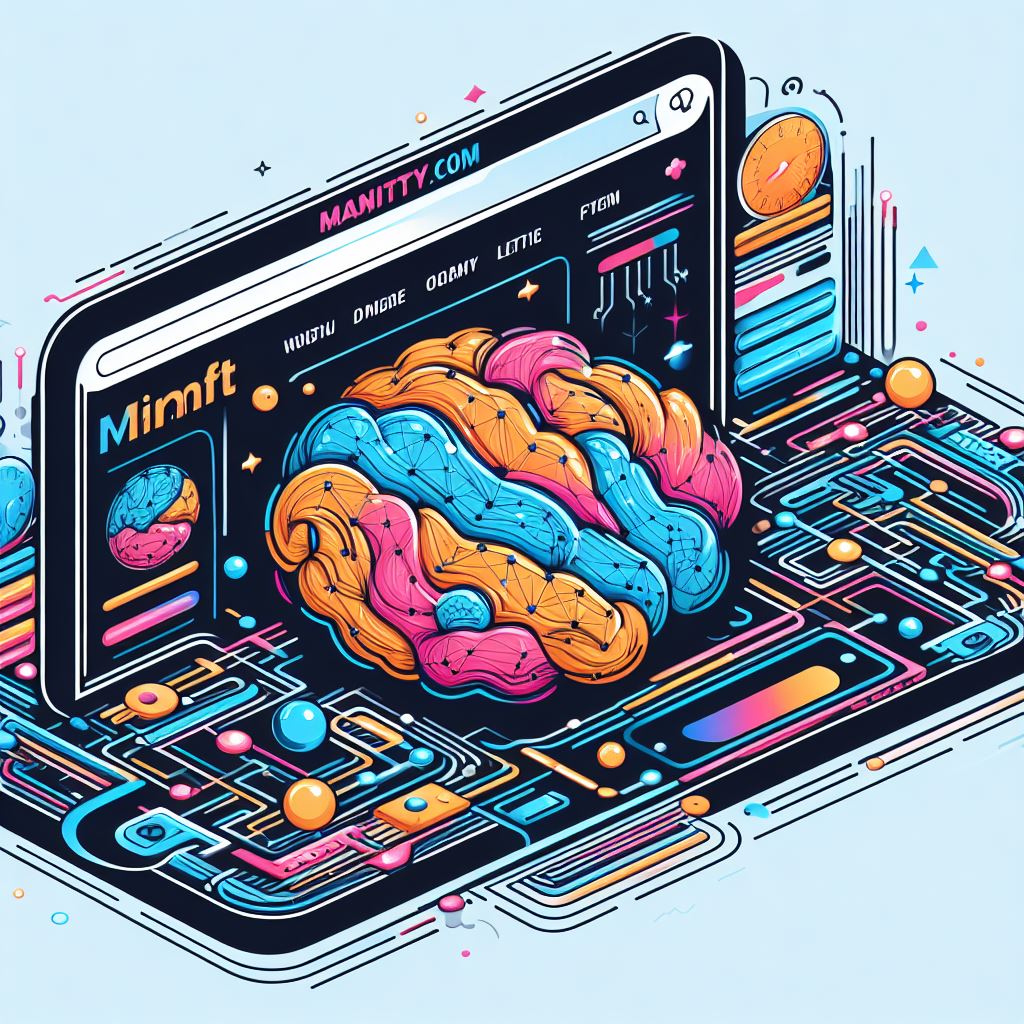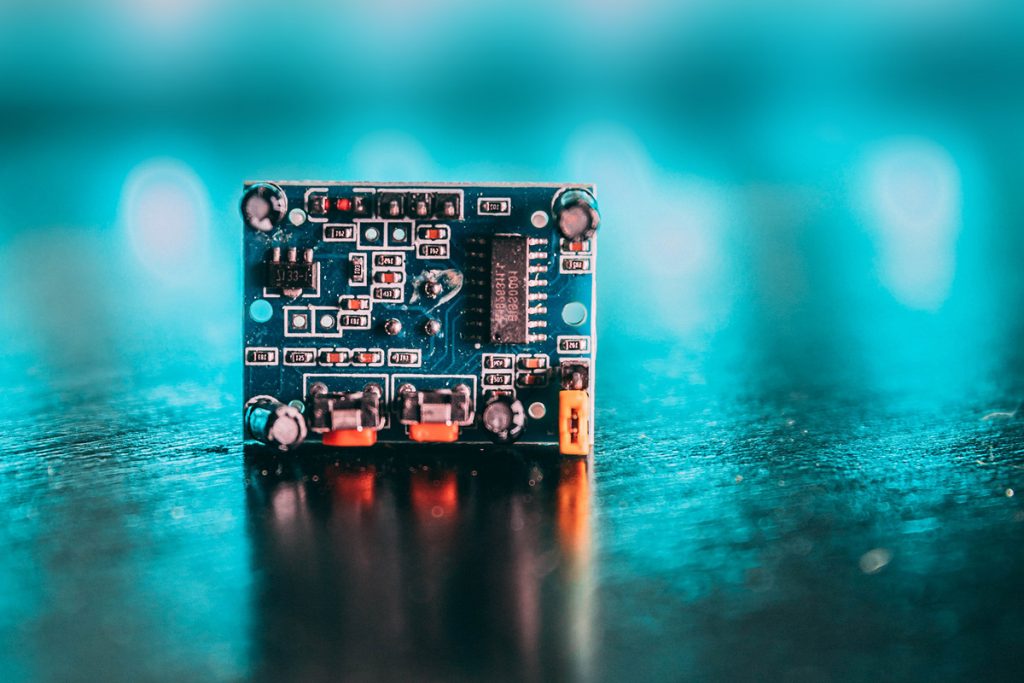
In the realm of neuroscience, a revolutionary concept has taken center stage: neuroplasticity. This remarkable ability of the brain to rewire itself holds profound implications, from aiding rehabilitation after injuries to enabling lifelong learning. Within the pages of Norman Doidge’s enlightening work, ‘The Brain That Changes Itself,’ readers are introduced to the incredible stories of individuals who harnessed the potential of neuroplasticity. In this article, we will explore the key insights from this book and the fundamental principles of neuroplasticity, revealing how our brains can continuously adapt and transform throughout life.
Understanding Neuroplasticity
Neuroplasticity, the foundation of recovery, refers to the brain’s capacity to make adaptive changes at both structural and functional levels. These changes encompass molecular, synaptic, and cellular adjustments, as well as more global network transformations. Neuroplasticity is our brain’s inherent capability to rewire in response to experiences, learning, and even recovery from injuries.
Personal Triumphs
Doidge’s book is a collection of awe-inspiring stories that vividly illustrate the profound impact of neuroplasticity on individuals’ lives. These narratives span from stroke survivors reclaiming lost functions to individuals liberating themselves from the confines of learning disorders. These stories emphasize that the potential for change and growth transcends age and condition, available to anyone willing to harness it.
One exceptional tale features Dr. Paul Bach-y-Rita, a trailblazer in sensory substitution. His invention enabled blind individuals to ‘see’ through their sense of touch by converting visual information into tactile feedback. This groundbreaking innovation underscores the brain’s adaptability in utilizing new sensory inputs, essentially rewiring itself to ‘see’ through touch.
The Lifelong Potential
Neuroplasticity is not confined to recovery from injury. It plays a pivotal role in all forms of learning throughout our lives. While Doidge’s book mainly focuses on recovery, it is crucial to realize that neuroplasticity’s principles apply to lifelong learning. The brain’s adaptability does not diminish with age; it remains a powerful tool for personal growth and development.
Mastering Change
Norman Doidge’s work provides a captivating exploration of neuroplasticity, underscoring the limitless potential of our brains for change. Whether it involves recovering from injuries, breaking free from learning constraints, or embarking on a lifelong journey of growth, neuroplasticity serves as the key to unlocking our brain’s potential. As we continue to venture into the frontiers of brain science, we uncover a world of possibilities for personal triumph and transformation, all rooted in the incredible power of our adaptable brains.
References
- Translational Research in Traumatic Brain Injury by Daniel Laskowitz and Gerald Grant. Chapter 8-Neuroplasticity after Traumatic Brain Injury ISBN-13: 978-1-4665-8491-4
- The Brain That Changes Itself: Stories of Personal Triumph from the Frontiers of Brain Science Paperback by Norman Doidge– January 1, 2008
- Neuroplasticity is important for all learning…



